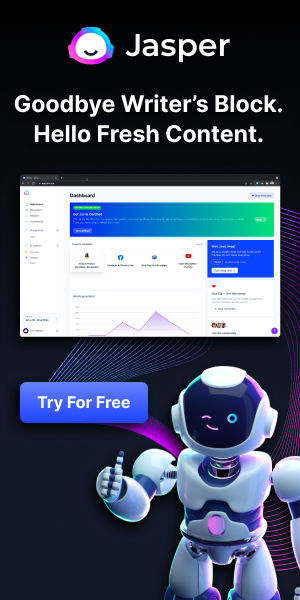
I read quite a lot of papers about finance and investing, but I can’t remember the last time I came across a 52-page paper which I simply devoured, avidly, reading every word, and even following the footnotes. But such is the latest publication from the Kauffman Foundation, a truly wonderful report on the foundation’s own experiences in the world of venture-capital investing. This is required reading for all institutional investors with any kind of exposure to VC, and I sincerely hope that it succeeds, at least at the margin, in forcing those institutional investors to behave a bit more like investors, and a bit less like chumps being bullied into throwing millions of dollars into a series of opaque black boxes delivering decidedly subpar returns.
The Kauffman Foundation was created to encourage entrepreneurship; its endowment currently stands at some $1.83 billion. Of that, $249 million is invested in VC and growth equity funds; the foundation has been investing in VCs for 20 years now. As a rich, long-term institutional investor devoted to the cause of early-stage companies, the Kauffman Foundation is — or should be — pretty much the perfect LP as far as VC funds are concerned. And indeed, over the years, it has invested in 100 such funds, and therefore now has a spectacular real-world backward-looking dataset of VC returns from an LP perspective.




















